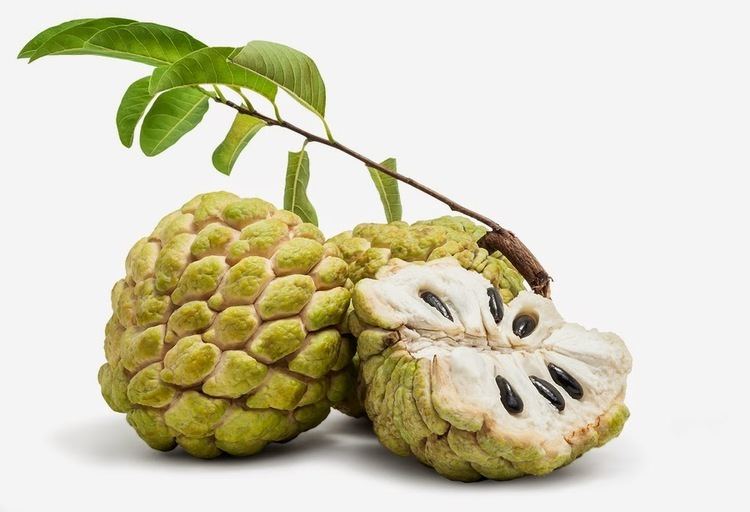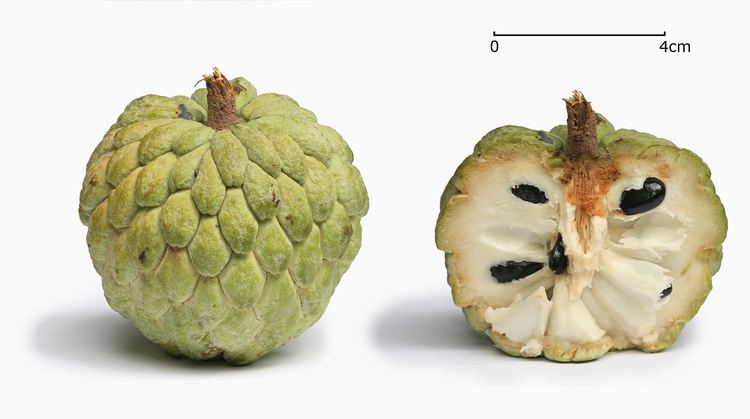Scientific name Annona Rank Genus | Family Annonaceae Higher classification Annonaceae | |
 | ||
Lower classifications Sugar apple, Custard‑apple, Atemoya, Annona montana, Annona glabra | ||
How to grow and harvest sugar apples annona squamosa or sweet sop
Annona is a genus of flowering plants in the pawpaw/sugar apple family, Annonaceae. It is the second largest genus in the family after Guatteria, containing approximately 166 species of mostly neotropical and afrotropical trees and shrubs. The generic name derives from anón, a Hispaniolan Taíno word for the fruit. Paleoethnobotanical studies have dated Annona exploitation and cultivation in the Yautepec River region of Mexico to approximately 1000 BC. It has several common names, including Guanabana, Graviola and Soursop.
Contents
- How to grow and harvest sugar apples annona squamosa or sweet sop
- Planting and growing a graviola soursop annona muricata trees from seeds
- Description
- Toxicology
- Selected species
- Insects and diseases
- References

Currently, seven Annona species and one hybrid are grown for domestic or commercial use, mostly for the edible and nutritious fruits; several others also produce edible fruits. Many of the species are used in traditional medicines for the treatment of a variety of diseases, though their efficacy as a medicine has yet to be validated scientifically. Several annonacaeous species have been found to contain acetogenins, a class of natural compounds with a wide variety of biological activities.

Planting and growing a graviola soursop annona muricata trees from seeds
Description

Annona species are taprooted, evergreen or semideciduous, tropical trees or shrubs. This fruit typically grows in areas where temperature does not drop below 28 °F, especially Cuba, Jamaica, and the Philippines. However, it has also been known to grow in certain areas of Florida.
Toxicology
The compound annonacin and dozens of other acetogenins contained in the seeds and fruit of some members of Annonaceae such as Annona muricata (soursop) is a neurotoxin and it seems to be the cause of a Parkinson-like neurodegenerative disease. The only group of people known to be affected live on the Caribbean island of Guadeloupe and the problem presumably occurs with the consumption of plants containing annonacin. The disorder is a so-called tauopathy associated with a pathologic accumulation of tau protein in the brain. Experimental results demonstrated for the first time that the plant neurotoxin annonacin is responsible for this accumulation.
Selected species
The following is a list of some of the more important species. Many of them have significant agricultural, medicinal, pharmaceutical, and other uses. Synonyms appear in the sublist.
Insects and diseases
Annona species are generally disease-free. They are susceptible to some fungi and wilt. Ants are a problem, since they promote mealybugs on the fruit.
